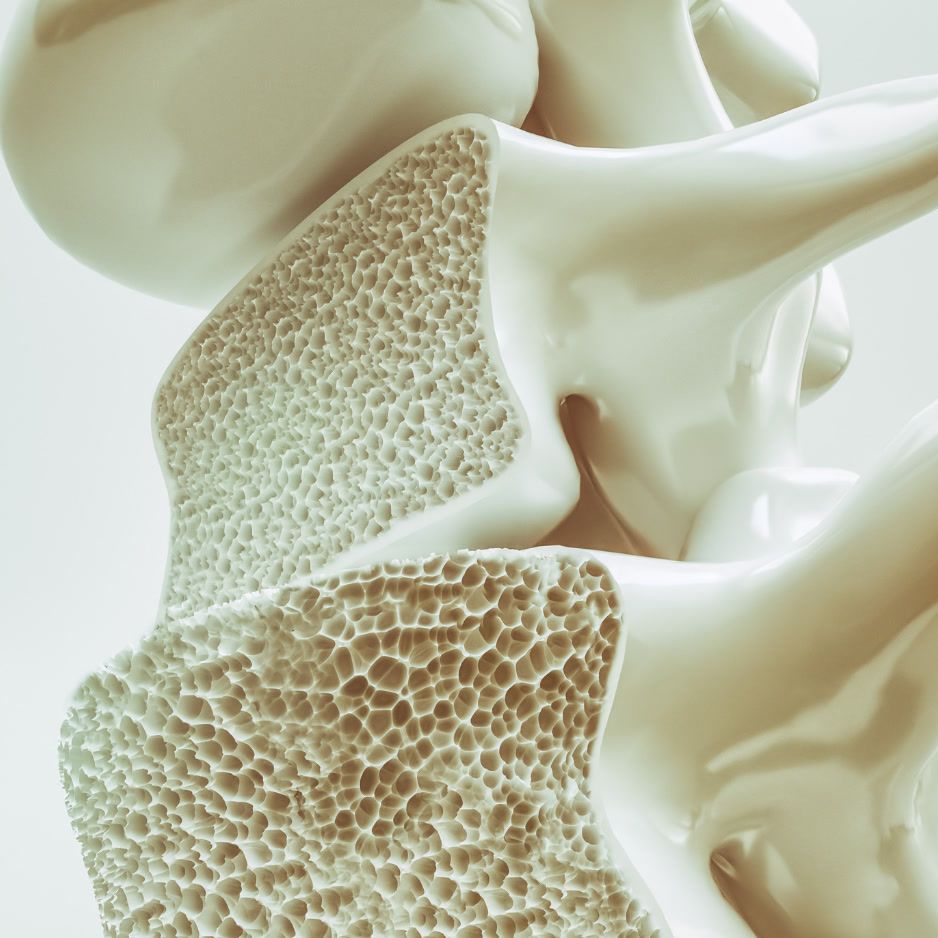12-3-30 Treadmill Workout: Complete Guide

12-3-30 Treadmill Workout: The Complete, Science-Backed Guide
TL;DR
The viral 12-3-30 routine means: set your treadmill to 12 percent incline, walk at 3 mph, and stay on for 30 minutes. Peer-reviewed research on incline walking shows it can raise heart-rate intensity while keeping joint impact low. Start with a short warm-up, scale duration or incline as needed, and establish a baseline BodySpec DEXA scan before your first session—then repeat the scan after completing the 4-week challenge to confirm changes in fat, muscle, and bone density.
Table of Contents
- What Is the 12-3-30 Workout?
- Step-by-Step Setup
- Why It Works: The Science
- Benefits You Can Expect
- Warm-Up & Cool-Down
- Modifications & Progressions
- 4-Week Challenge Plan
- Tracking Progress With DEXA
- FAQs
What Is the 12-3-30 Workout?
TikTok creator Lauren Giraldo introduced the formula in 2019, and the trend has since generated hundreds of millions of views. The premise is simple:
- 12 percent incline (grade on most standard treadmills)
- 3 mph walking speed
- 30 minutes total time
Compared with traditional flat walking, the steep incline boosts cardiovascular demand without requiring you to run—ideal for people who dislike jogging or have joint concerns.
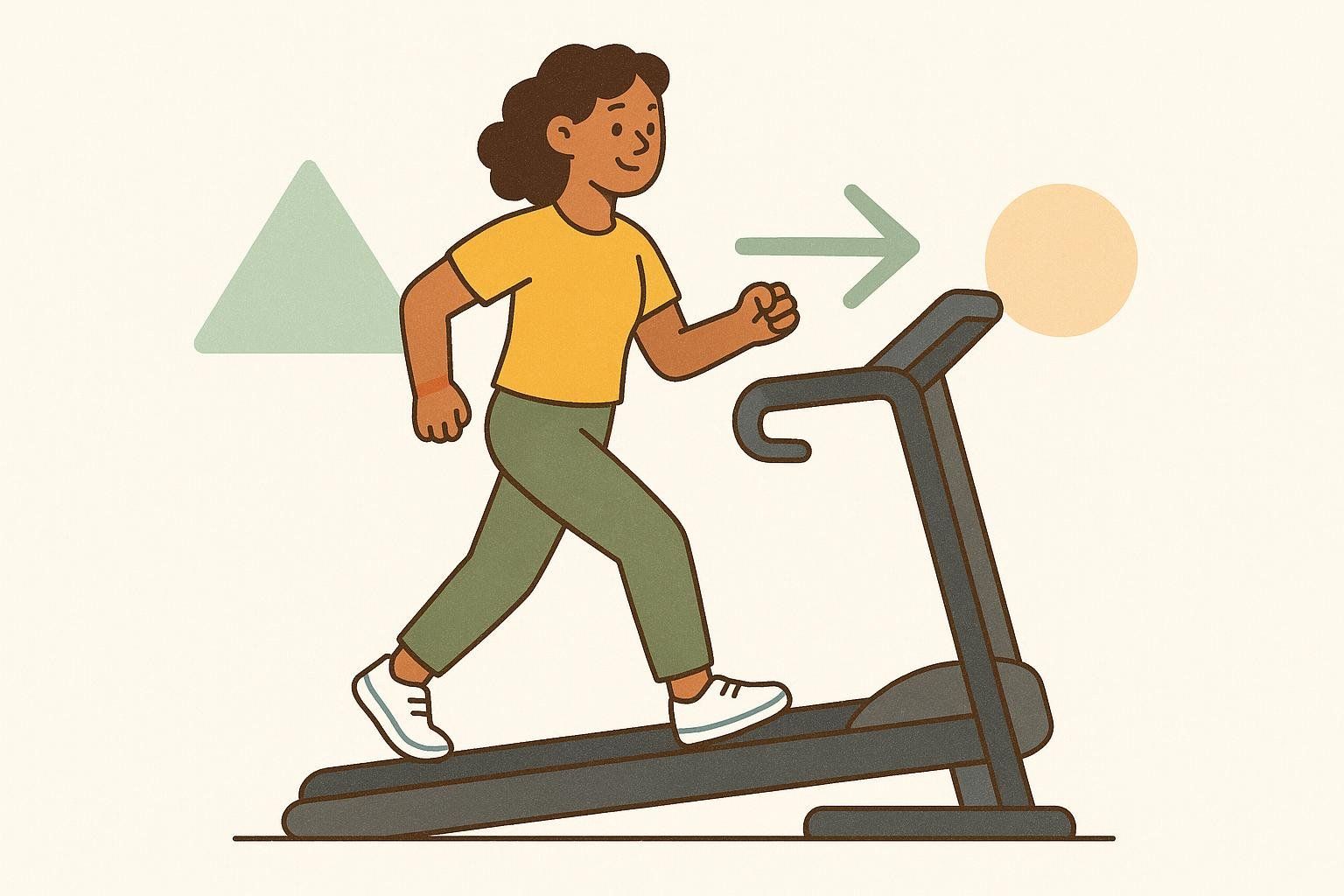
Step-by-Step Setup
- Warm up for 3–5 minutes at 0 incline, 2–2.5 mph.
- Gradually raise the incline to 12 percent over 1–2 minutes.
- Lock in speed at 3 mph. Shorter individuals may reduce to 2.7–2.9 mph to keep stride natural.
- Maintain steady walking for 30 minutes. Use the handrails only for balance checks—not for continuous support.
- Cool down by dropping incline to 0 percent and walking another 3–5 minutes.

Pro tip: Wearing a heart-rate strap lets you see if you’re hitting 60–70 percent of your max heart rate—a solid LISS (low-intensity steady-state) cardio zone. For background on heart-rate-based fitness, see our guide to understanding VO₂ Max.
Why It Works: The Science
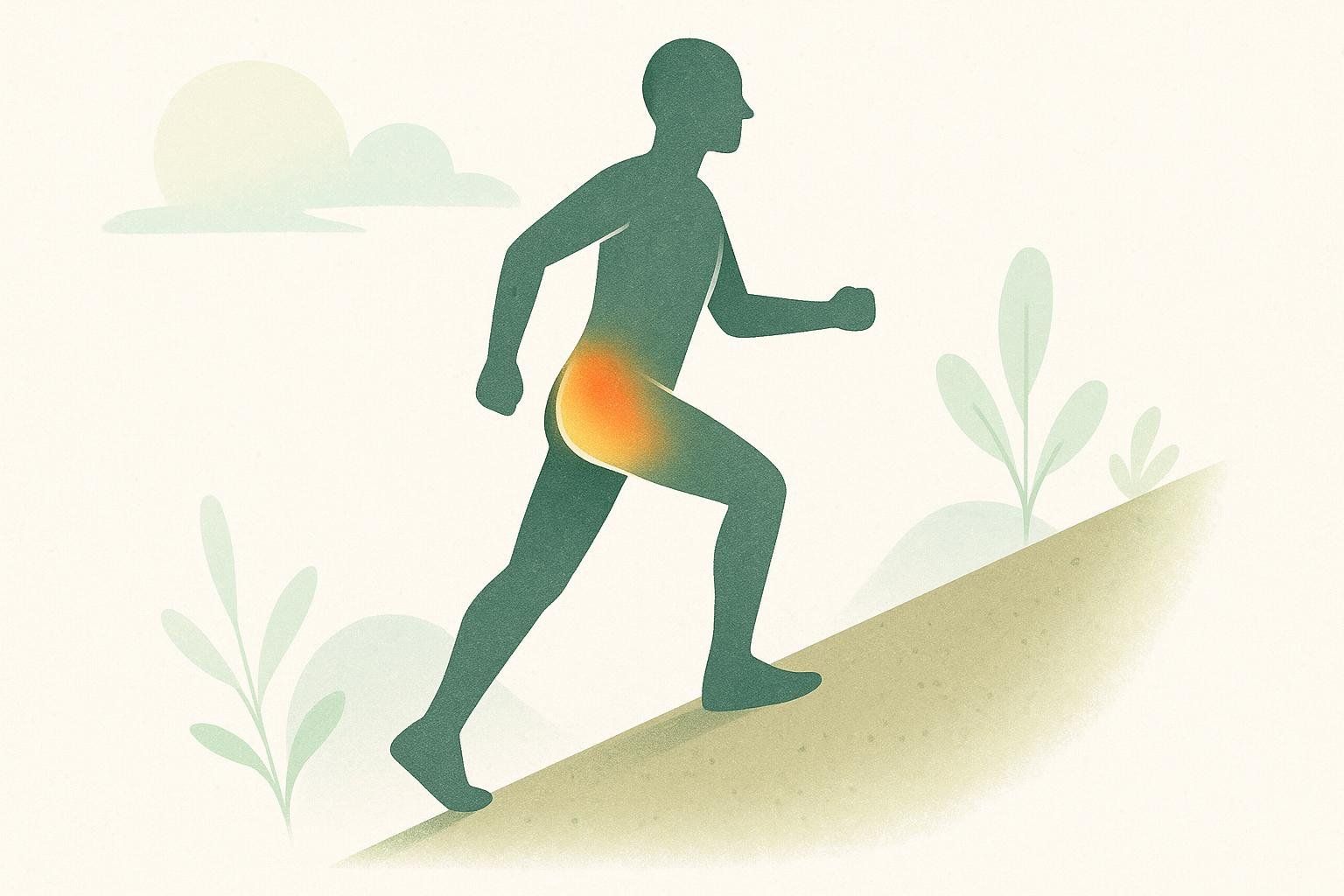
Walking uphill recruits more glute and calf muscle fibers and roughly doubles oxygen consumption compared with level walking at the same speed, as documented in research on incline walking and energy cost.
| Variable | 0 % Incline | 12 % Incline |
|---|---|---|
| Oxygen uptake (VO₂) | 12 ml·kg⁻¹·min⁻¹ | 23 ml·kg⁻¹·min⁻¹ |
| Caloric burn* | ~4 kcal/min | ~8 kcal/min |
*Data from a 180-lb (82 kg) participant at 3 mph.
Because impact forces rise minimally with incline walking (you’re still walking, not running), the routine is joint-friendly.
Benefits You Can Expect
- Higher Calorie Burn – The steep incline can roughly double the calories you burn compared with walking on a level surface.
- Glute & Hamstring Activation – Uphill walking fires up these posterior-chain muscles.
- Improved Cardiovascular Endurance – A sustained 30-minute bout contributes toward the ACSM guideline of 150 minutes of moderate-intensity exercise per week.
- Time Efficiency – In just 30 minutes, you cover about 1.5 miles of distance, making it easy to squeeze into a lunch break.
- Low Impact – Great alternative to running for weight-bearing cardio.
Warm-Up & Cool-Down
Warm-Up
A brief warm-up gradually raises your heart rate, increases blood flow, and primes the exact muscles you’re about to challenge on the incline:
- 3 minutes flat walking – Elevates core temperature and lubricates joints.
- 10 body-weight squats – Activates the glutes, quads, and hamstrings for powerful uphill strides.
- 20 standing calf raises, lightly holding the handrails for balance – Engages the calves and Achilles tendon, improving ankle mobility for the angled surface.
Cool-Down
- 3–5 minutes flat walking – Gradually lowers heart rate and prevents blood from pooling in the legs.
- Standing calf stretch – Reduces post-workout tightness, especially after sustained incline work.
- Hip-flexor stretch – Counters the shortened hip angle created by uphill walking.
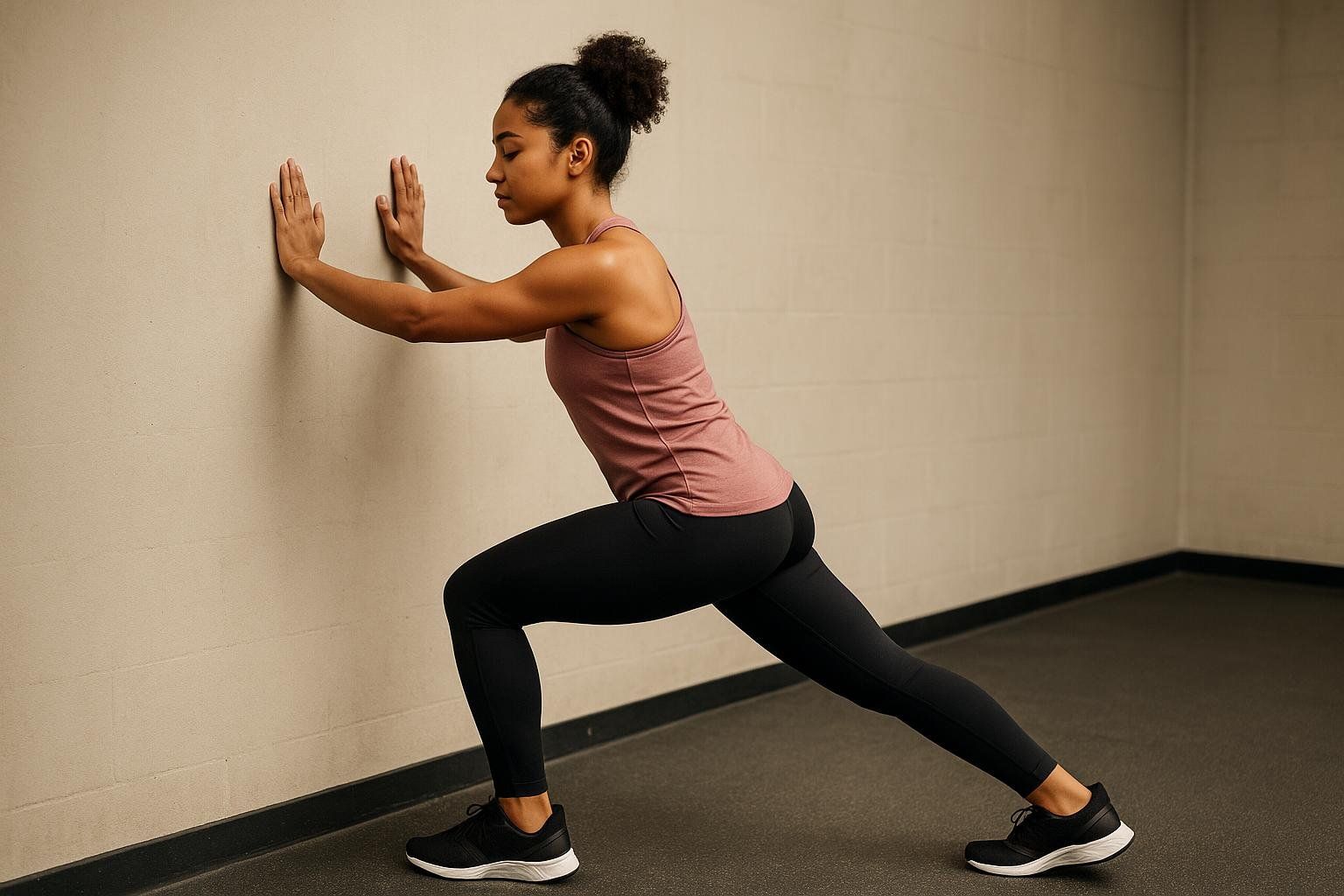
Modifications & Progressions
Beginner / Knee-Friendly
- Start at 6–8 % incline for 15–20 minutes.
- Keep speed at 2.5–2.8 mph.
Time-Crunched
- Do 2 × 15-minute sessions—one in the morning, one in the evening.
Advanced
- Wear a 10-lb weighted vest.
- Increase walking speed to 3.2–3.5 mph while maintaining the 12 % incline.
- Increase incline to 15 % if your treadmill allows.
Interval Variations
Try a mountain ladder: 5 minutes at 8 %, 5 minutes at 10 %, 5 minutes at 12 %, then descend.
4-Week Challenge Plan
| Week | Frequency | Incline | Speed | Goal Time |
|---|---|---|---|---|
| 1 | 3 sessions | 8 % | 2.8 mph | 20 min |
| 2 | 3–4 sessions | 10 % | 3 mph | 25 min |
| 3 | 4 sessions | 12 % | 3 mph | 30 min |
| 4 | 4–5 sessions | 12 % | 3 mph | 30 min + optional vest |
Tick off each workout in your favorite habit-tracking app or printable log.
Tracking Progress With DEXA
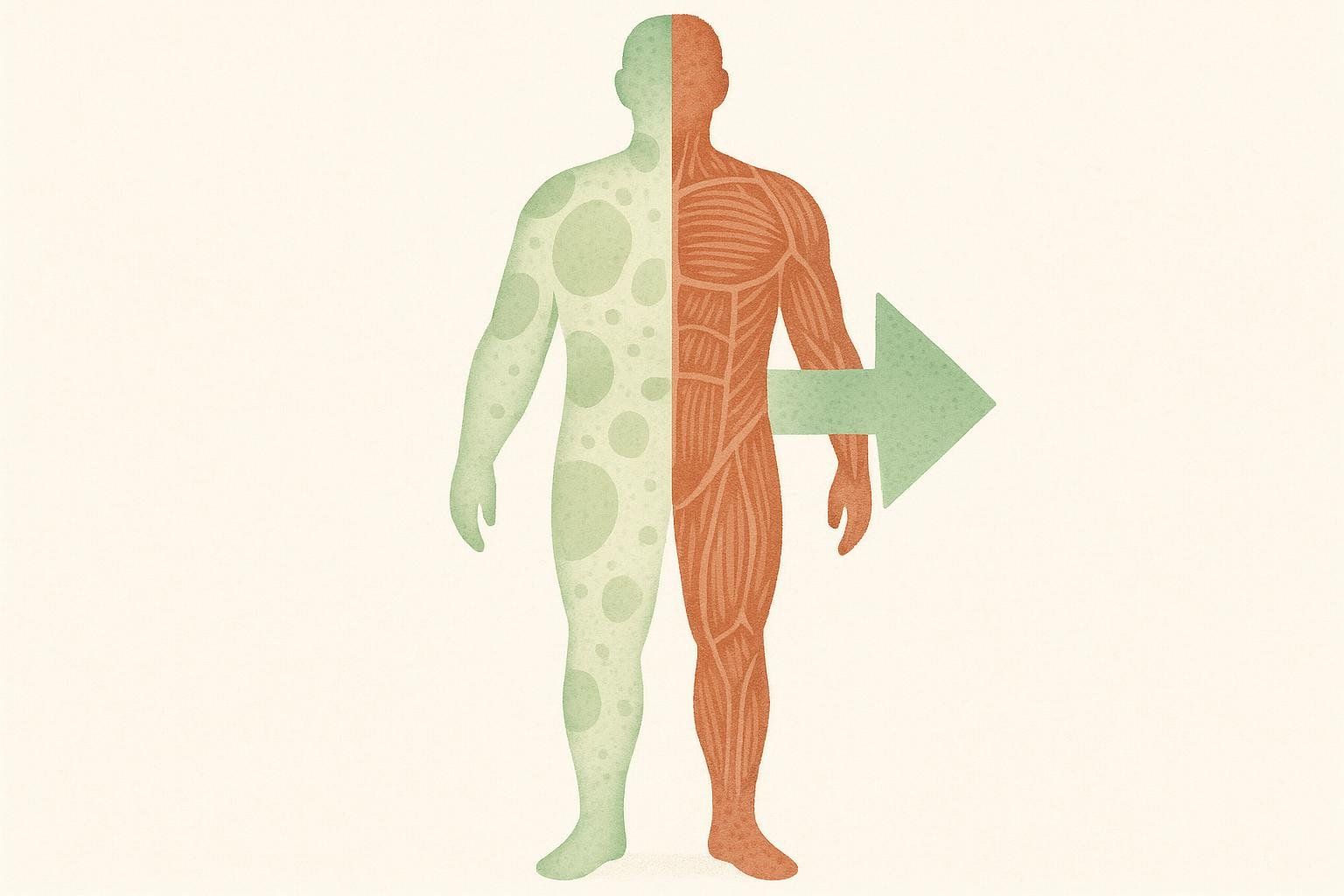
The scale can’t tell you whether the pounds you lose are fat, muscle, or water. A DEXA (dual-energy X-ray absorptiometry) scan breaks your body down into precise components so you can see what’s really happening beneath the surface:
| DEXA Metric | What It Tells You | Why It Matters for 12-3-30 |
|---|---|---|
| Total Body Fat % | Overall percentage of fat tissue | Confirms whether the extra calories you’re burning are translating into fat loss |
| Visceral Fat Mass | Fat stored around internal organs | High levels raise health risks; incline walking is linked to better metabolic health |
| Lean Body Mass | Muscle + organs + connective tissue | Ensures weight loss isn’t coming at the expense of hard-earned muscle |
| Regional Fat & Muscle | Breakdown by arms, legs, trunk | Reveals if the glute & hamstring workload is adding lean mass to your lower body |
| Bone Mineral Density (BMD) | Strength of your skeleton | Weight-bearing incline walking can stimulate bone, especially in the hips and spine |
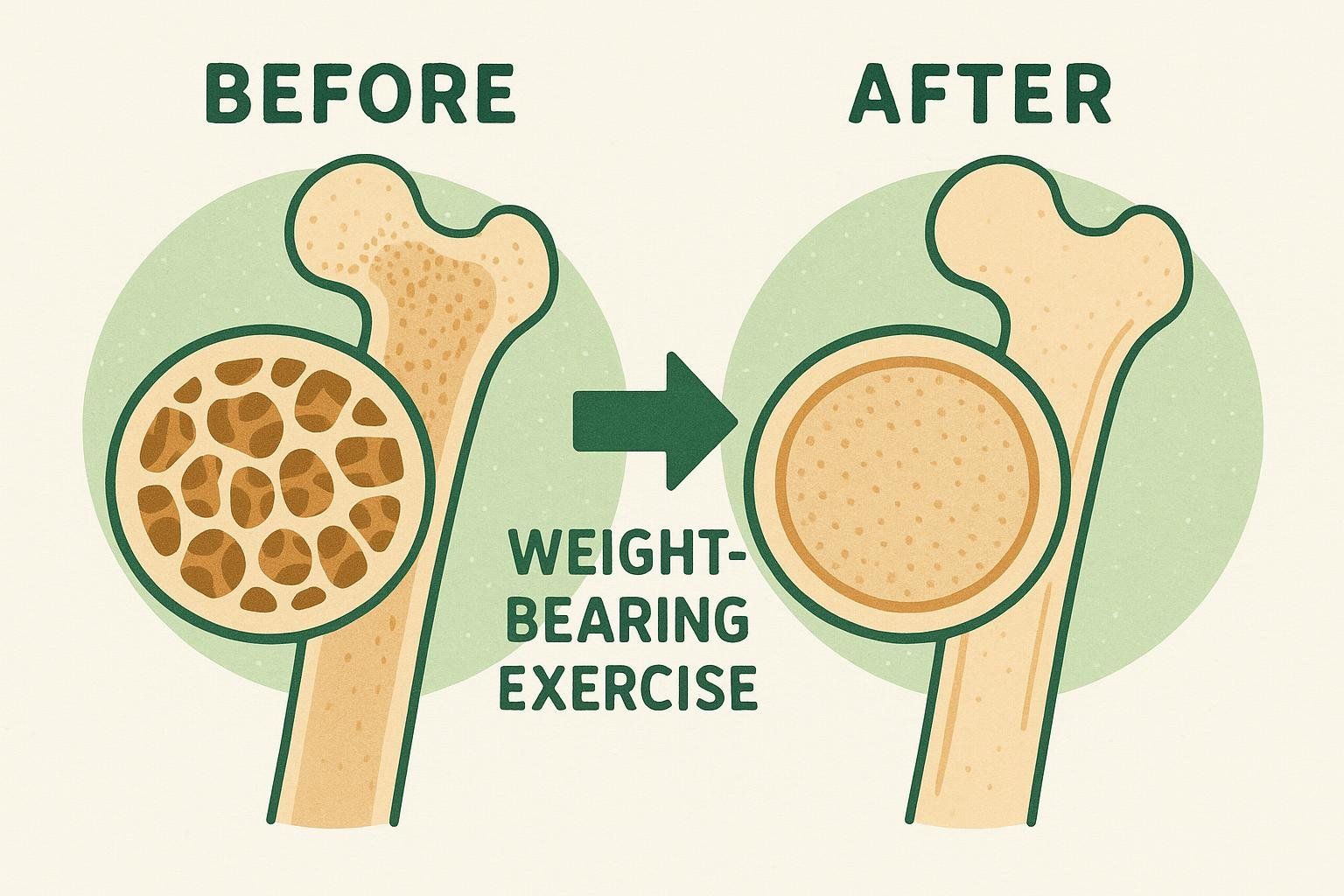
How to Use These Numbers
- Baseline Scan – Book a scan before starting the 4-week challenge.
- Follow-Up Scan (Week 5) – Compare against baseline once the program ends. Celebrate fat lost, lean mass maintained or gained, and any bump in bone density.
- Quarterly Scans – Repeat every 3–4 months to keep your cardio routine—and your body—moving in the right direction.
Ready to measure your progress with lab-level precision? Book a BodySpec DEXA Scan
For a deeper dive into what each DEXA number means, read our in-depth guide to body-fat measurement methods.
FAQs
Is 12-3-30 good for beginners?
Yes—just dial back the incline or time. Even 10 minutes at 6 % is a solid start.
Will it build muscle?
This is primarily a cardio workout that builds endurance. While it activates and can help tone your glutes, it is not designed for significant muscle growth. Combine it with our beginner strength training guide if hypertrophy is your goal.
Can I do it every day?
While you could perform this workout daily, we recommend 3–5 sessions per week to allow for adequate recovery and prevent overtraining.
What shoes are best?
Choose a walking or light trail shoe with good heel grip, and avoid maximal-cushion running shoes that can reduce stability on an incline.


